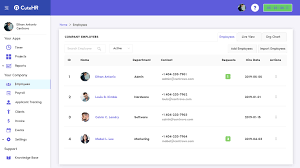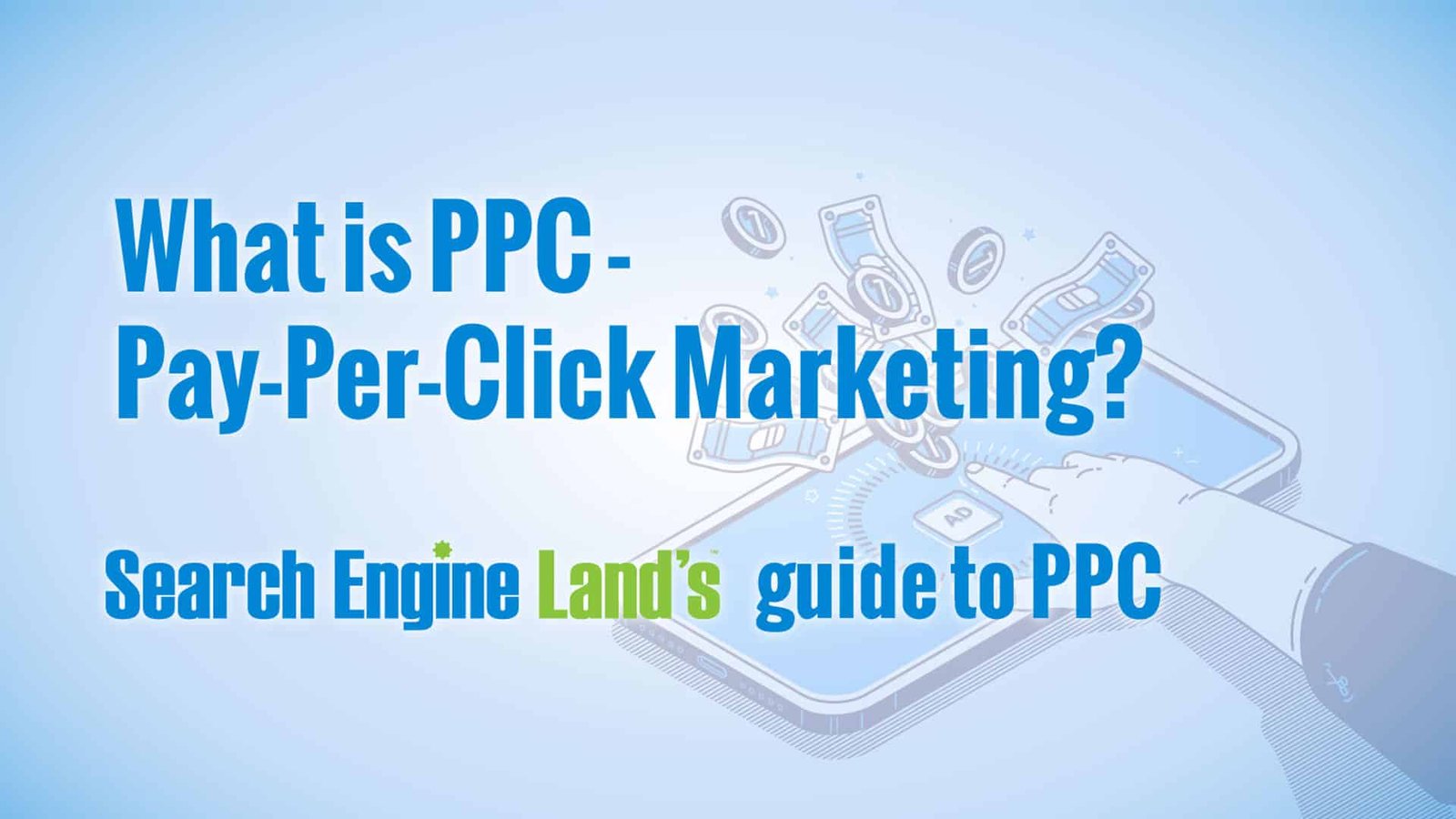Call Tracking Marketing: Boost ROI with Smarter Campaign Insights
In today’s omnichannel world, tracking online clicks is only half the story. Call Tracking Marketing bridges the gap between digital efforts and real-world calls—letting marketers measure and optimize the campaigns that drive phone-based conversions. Whether you’re using PPC ads, SEO, or offline promotions, understanding Call Tracking Marketing is crucial to tracking ROI effectively.
What Is Call Tracking Marketing?
Simply put, Call Tracking Marketing is the practice of attributing incoming phone calls to specific campaigns, channels, or ads by using unique tracking numbers. Each marketing source—such as a Google ad, Facebook campaign, or print flyer—is assigned a distinct number so call origin, timing, and outcome can be recorded and analyzed
This enables marketers to:
-
Identify which channel drives the most phone calls
-
Evaluate caller behavior and conversation content
-
Measure ROI beyond digital clicks
-
Improve campaign effectiveness using real data
How Call Tracking Marketing Works
Here’s a breakdown of the standard workflow:
-
Assign a unique phone number to each campaign, landing page, email, or print ad.
-
Calls routed to these numbers are forwarded to your existing business line, with tracking enabled.
-
The system logs data—time, duration, caller location, and campaign source
-
Advanced platforms offer call recordings, transcripts, and AI-based conversation analytics
-
Marketers use these insights to adjust ad spend, refine messaging, and prioritize high‑value channels.
5 Key Benefits of Call Tracking Marketing
-
Precise Marketing Attribution
Know which campaigns—online or offline—are truly driving inbound calls and sales -
Improved ROI on Ad Spend
Replace guesswork with data—allocate budget to high-performing campaigns and cut wasted spending -
Lead Quality Insights
Analyze call length, caller intent, and behavior to differentiate between valuable leads and casual inquiries -
Enhanced Customer Experience
Integrating with CRM systems provides caller profiles and history, enabling agents to deliver personalized and efficient service -
Sales Coaching & Staff Performance Optimization
Use call recordings to train teams, track First Call Resolution, and improve conversion outcomes
Features to Look for in Call Tracking Marketing Tools
When choosing a solution, make sure it supports:
-
Dynamic Number Insertion (DNI) for accurate source attribution on your website or ads
-
Call recordings and transcripts to enable conversation analysis and UX improvement.
-
CRM and marketing platform integrations for seamless lead tracking and automated workflows.
-
Real‑time dashboards and analytics for campaign performance visibility.
-
Custom routing and notifications so calls reach the right team instantly
Practical Applications of Call Tracking Marketing
Local Services & Small Business
Use local tracking numbers on flyers, Google Local Ads, and Yelp profiles to trace high-intent local customer calls—and optimize accordingly
Digital Advertising & PPC
Link specific ads, keywords, or landing pages to calls. Call tracking helps close attribution gaps when users convert via phone instead of form submissions
Legal, Medical & Real Estate Industries
These sectors often rely heavily on phone leads. Call Tracking Marketing helps them trace lead sources, improve intake efficiency, and justify budgets with real metrics.
Multi-Channel Campaigns
Track which offline channel—radio, print, billboard—is driving phone inquiries for a comprehensive campaign performance view.
Metrics That Matter with Call Tracking Marketing
Important KPIs to monitor include:
-
Call volume by campaign and channel
-
Call duration and frequency
-
Conversion rate (percentage of calls turning into sales)
-
Call outcomes by source (booked appointment, info inquiry, etc.)
-
First Call Resolution rates via follow-up tracking tools
-
Peak call hours and geographic caller distribution
These data points help optimize staffing, adjust marketing messaging, and ensure responsive service.
Best Practices for Call Tracking Marketing Success
-
Align numbers and tracking with your campaign objectives and tools.
-
Train your team to leverage call routing, analytics, and outcomes data.
-
Review performance weekly to pause underperforming campaigns or adjust bids.
-
Use conversation analytics to discover FAQ gaps or content marketing opportunities.
-
Link call tracking data to CRM records for unified lead management and reporting
Common Mistakes to Avoid
-
Using static numbers that cannot be attributed per channel
-
Ignoring call recordings and outcome tracking
-
Overlooking integration with sales and marketing systems
-
Not linking phone conversations back to digital touchpoints
-
Failing to train staff about interpreting and acting on call data
Avoid these pitfalls to unlock the full power of Call Tracking Marketing.
Real World Impact Example
Imagine a home services business spending $5K/month on Google Ads and Facebook. Without call tracking, they attribute leads to form fills only. After implementing Call Tracking Marketing, they discover Facebook Ads drove 60% of inbound calls—prompting a budget reallocation that increased conversions by 30% and reduced CPA by 25%.
✅ Conclusion: Why Call Tracking Marketing Delivers Results
Call Tracking Marketing transforms phone calls from black-box interactions into measurable marketing signals. With accurate attribution, behavior insights, and actionable data, marketers can make informed decisions and optimize for growth. Whether used for local ads, PPC, or CRM-driven campaigns—call tracking is essential for any business where phone interactions matter.




